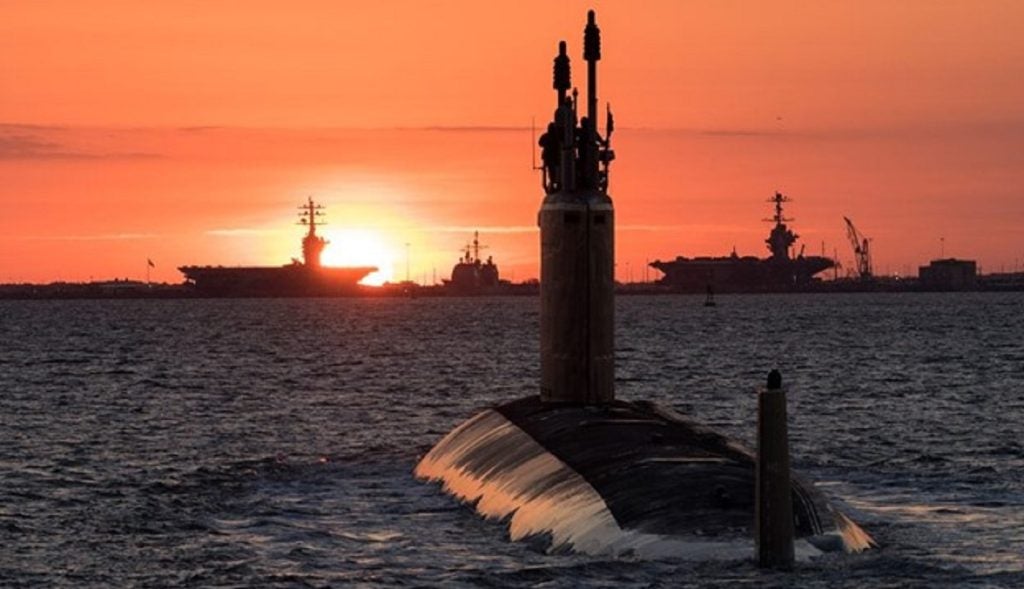The US Department of Defense (DoD) continues its biennial contract with Lockheed Martin to design, test and produce upgraded equipment for the AN-BLQ-10 submarine electronic warfare (EW) system.
This EW system programme adopts a modular, incremental development process. Hardware and software updates, referred to as Technology Insertions (TIs), are fielded every two years.
TI-08 was the first upgrade, which added a subsystem to intercept some radar signals.
Under the latest 2024 contract modification – worth $311.9m – the US defence prime will provide TI upgrades to TI-20, TI-22 and TI-24.
Lockheed Martin will upgrade the systems with commercial-off-the-shelf (COTS) hardware and software. The company will insert them in the AN-BLQ-10 systems on board Los Angeles-class, Ohio-class, Seawolf-class, Virginia-class and future Columbia-class nuclear-powered submarines.
Developers will work at the contractor's facility in Syracuse, New York, which the US Government expects to be completed by February 2029.
The AN-BLQ-10 EW system allows US submarines to conduct reconnaissance missions through the automatic detection, acquisition, identification and localisation of subsea signals.
AN-BLQ-10 rapidly receives, analyses, and reports critical signals of immediate importance to the submarine commanding officer. These signals are processed through the submarine’s imaging mast, which is either a photonics mast (on the Virginia-class) or a periscope (on all other classes).
Likewise, communications signals are collected from both the imaging mast and a dedicated communications intercept mast, which is either an AN/BRD-7 (on the Los Angeles and Seawolf classes), an AN/BSD-2 (on the Virginia class), or a MMM (recently fielded on some Los Angeles and Virginia class ships). These masts provide largely the same functionality but with different frequency coverage and localisation accuracy.
Lockheed Martin explain its top-down approach that balances requirements with development and life cycle costs.
“We have successfully defined and integrated AN-BLQ-10 during concurrent development of other submarine subsystems including Imaging Masts, Integrated Electronic Support Measure Mast, Multifunction Modular Mast, Exterior Communications, Sonar, and other ship systems.”
The DoD intends for these incremental upgrades to keep US Navy submarines ahead of the curve. Although, this development policy may grow into something more as GlobalData intelligence tells us that Chinese policymakers are putting significant funds into the expansion of their submarine fleet to enforce their claim within the South China Sea.
Of course, in response, this has prompted the US Government to increase use of dual-use technologies and COTS equipment developed by the private sector that will enhance the fleet.









